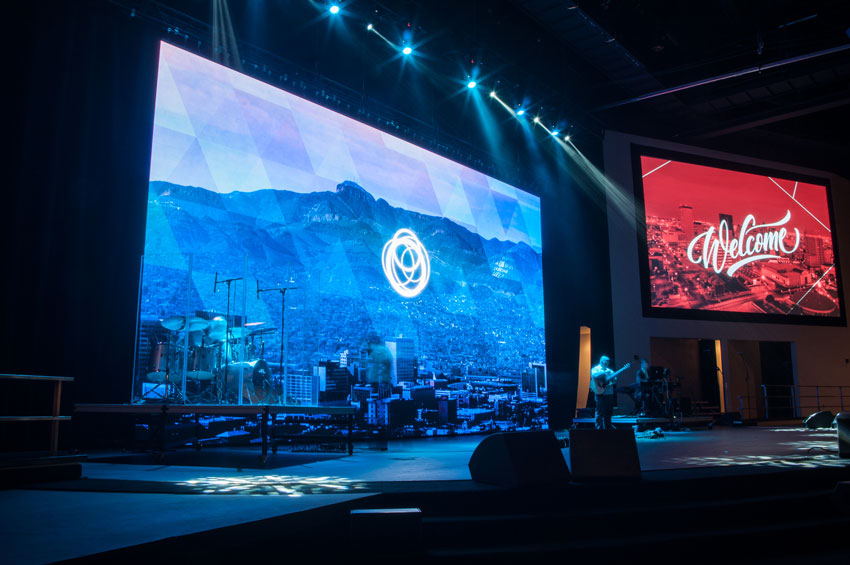Investigating the Longevity of Light Emitting Diode Display Panels in Contrast to Traditional Screen Methods
Light-emitting diode wall screens have grown progressively popular in recent times, particularly in environments like schools, businesses, and community spaces. These panels use LED lights (LEDs) to create bright and vibrant images. One of the most significant advantages of LED innovation is its longevity in contrast to traditional display technologies, such as cathode tube tubes (CRTs) and liquid display screens. Understanding the distinctions in duration and functionality between these technologies can help consumers make knowledgeable choices about their screen requirements.
Traditional screen technologies, like CRTs, have been present for many years. They were frequently used in televisions and PC screens. However, CRTs have a shorter duration, typically lasting around 10,000 to 20,000 hours of operation. This means that after a few years, consumers may observe a decline in image clarity, such as dimming or hue deformation. In contrast, LED panel panels can last considerably longer, often exceeding 50,000 hours. This prolonged lifespan means that consumers can experience consistent performance without the requirement for frequent replacements.
Another important factor to consider is power efficiency. LED panel screens consume less power than conventional displays, which not only helps the ecosystem but also lowers electricity costs. For example, while a CRT monitor find out may consume approximately 100 watts of energy, an LED screen can use as little as 30 to 50 W. This discrepancy in energy consumption adds to the overall longevity of LED innovation, as lower power consumption generates minimal heat. Excessive thermal energy can harm electronic components, resulting to a shorter duration for conventional screens.
In furthermore to their longer lifespan and power conservation, LED wall panels also provide enhanced image quality. They provide brighter colors and better differentiation, making them perfect for various applications, from marketing to learning displays. The technology behind LED panels enables for a broader sight angle, meaning that images remain sharp and lively even when seen from the side. This is a significant benefit over conventional displays, which often suffer from color distortion and diminished brightness at wider perspectives.
In summary, the longevity of LED wall panels in contrast to conventional screen technologies is a crucial aspect for consumers to take into account. With durations that can exceed 50,000 hours, power conservation, and enhanced image quality, LED technology offers many advantages. As innovation continues to progress, LED wall screens are probably to turn even more common in multiple settings. Understanding these differences can assist people and entities make better choices when purchasing in screen technology, guaranteeing they get the optimal worth for their needs.